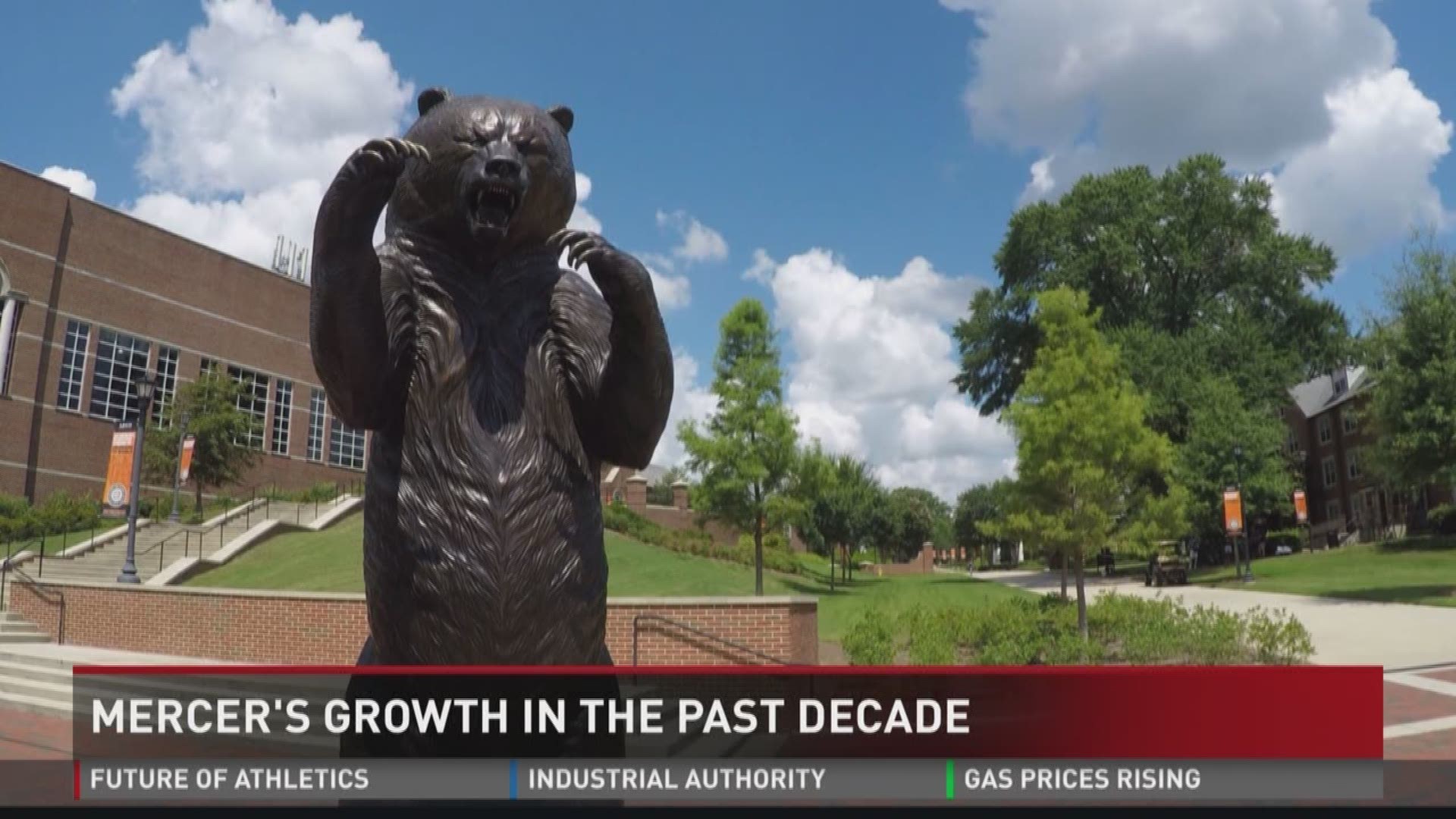Over the past 10 years, Mercer University has been expanding their footprint.
Nicole Butler went out to see all of the changes and talk to the Vice President of Mercer about the growth to come.
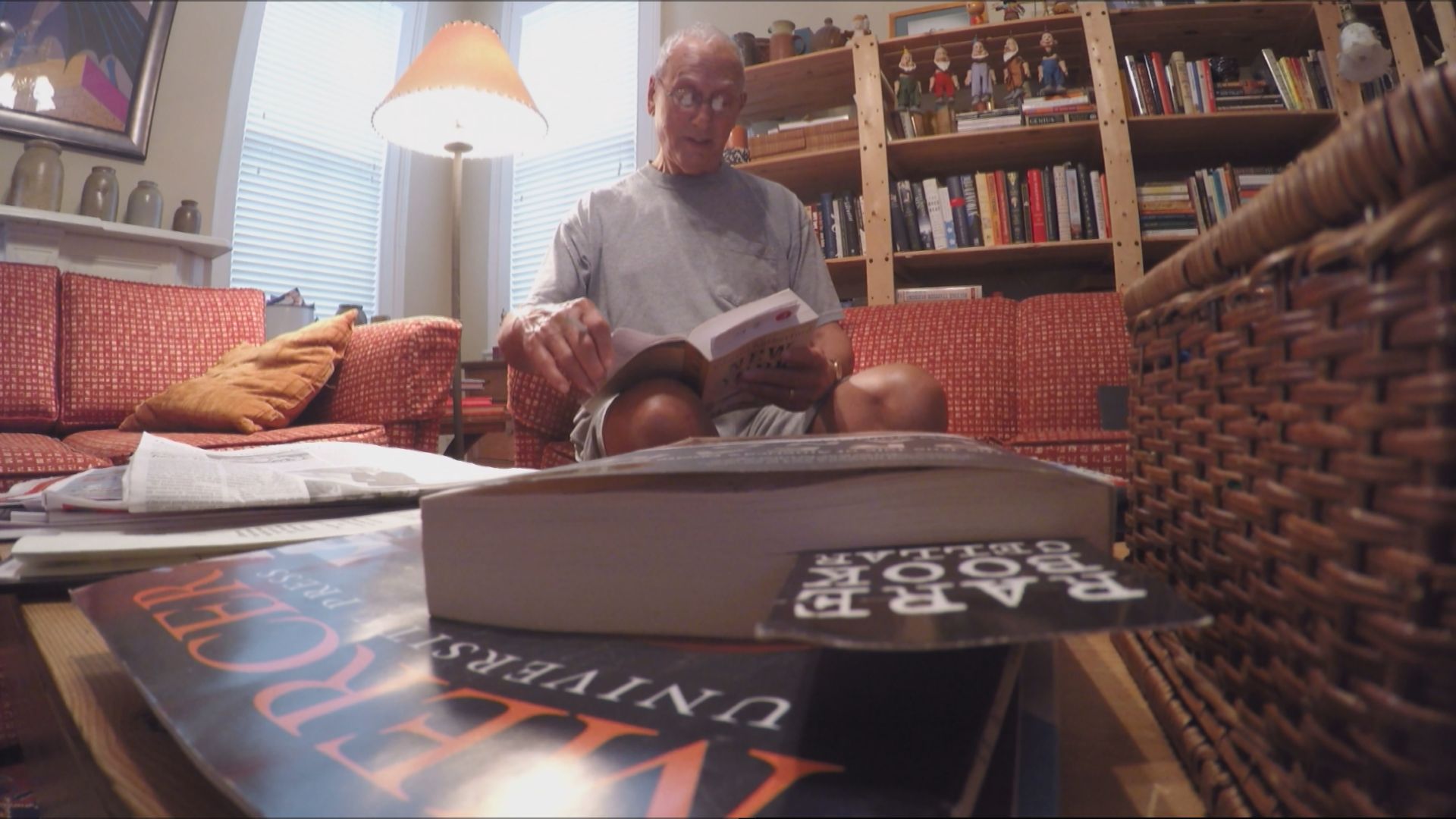
"Mercer's not the place it was in 1971. It's a different world," former Mercer professor Kenneth Hammond says.
Kenneth Hammond started teaching at Mercer 45 years ago.
He remembers how much smaller the campus was, saying there seems to be twice as many students attending now than there were back then.
"But there was also not very much that went on during the weekend. The place was pretty deserted," Hammond says.
Hammond says the campus now is almost unrecognizable, but University Vice President Larry Brumley says he's not the only one that feels that way.
"We have alumni who tell us who've come back that haven't been here in years that they have a hard time finding there way around," Brumley says.

To take a look at the changes, this is an aerial view of the campus before
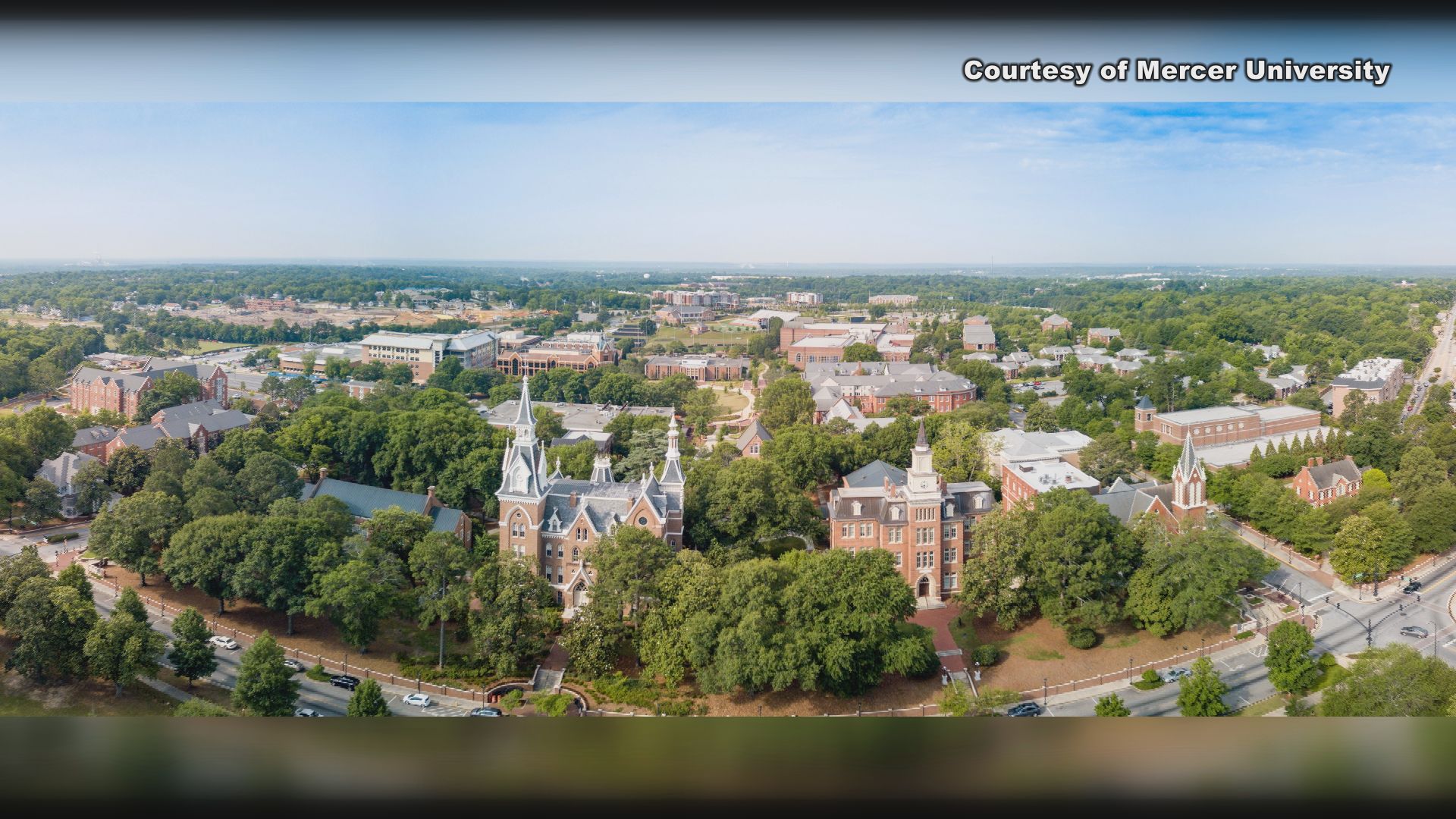
and how it looks now.
Brumley says in the past decade Mercer has added 1,000 undergraduates, and that population growth brought a lot of changes.
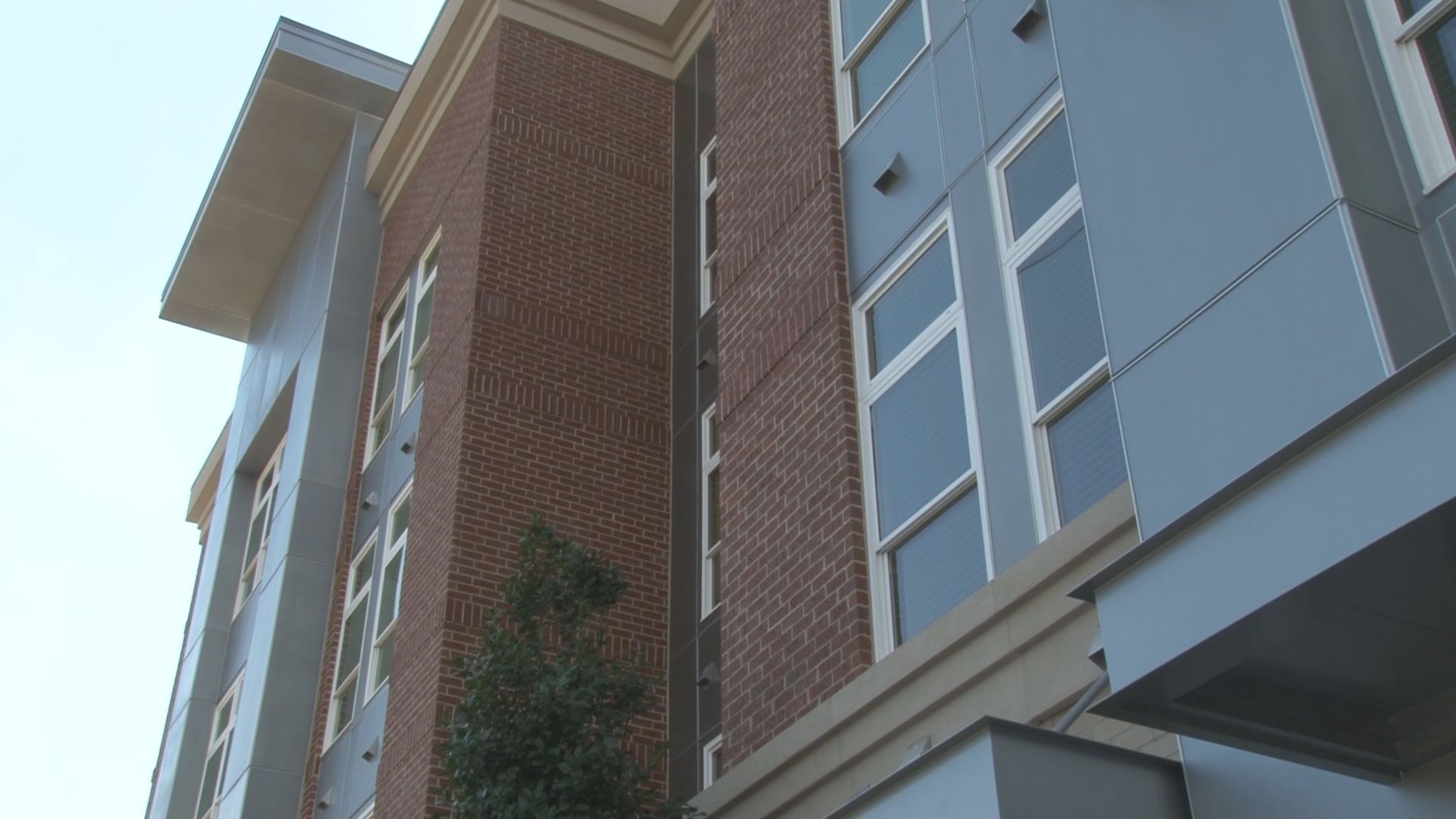
Since 2007, Mercer has added five student lofts totaling 800 beds.
Mercer Landing and Mercer Village add more parking and have nine restaurants between the two.
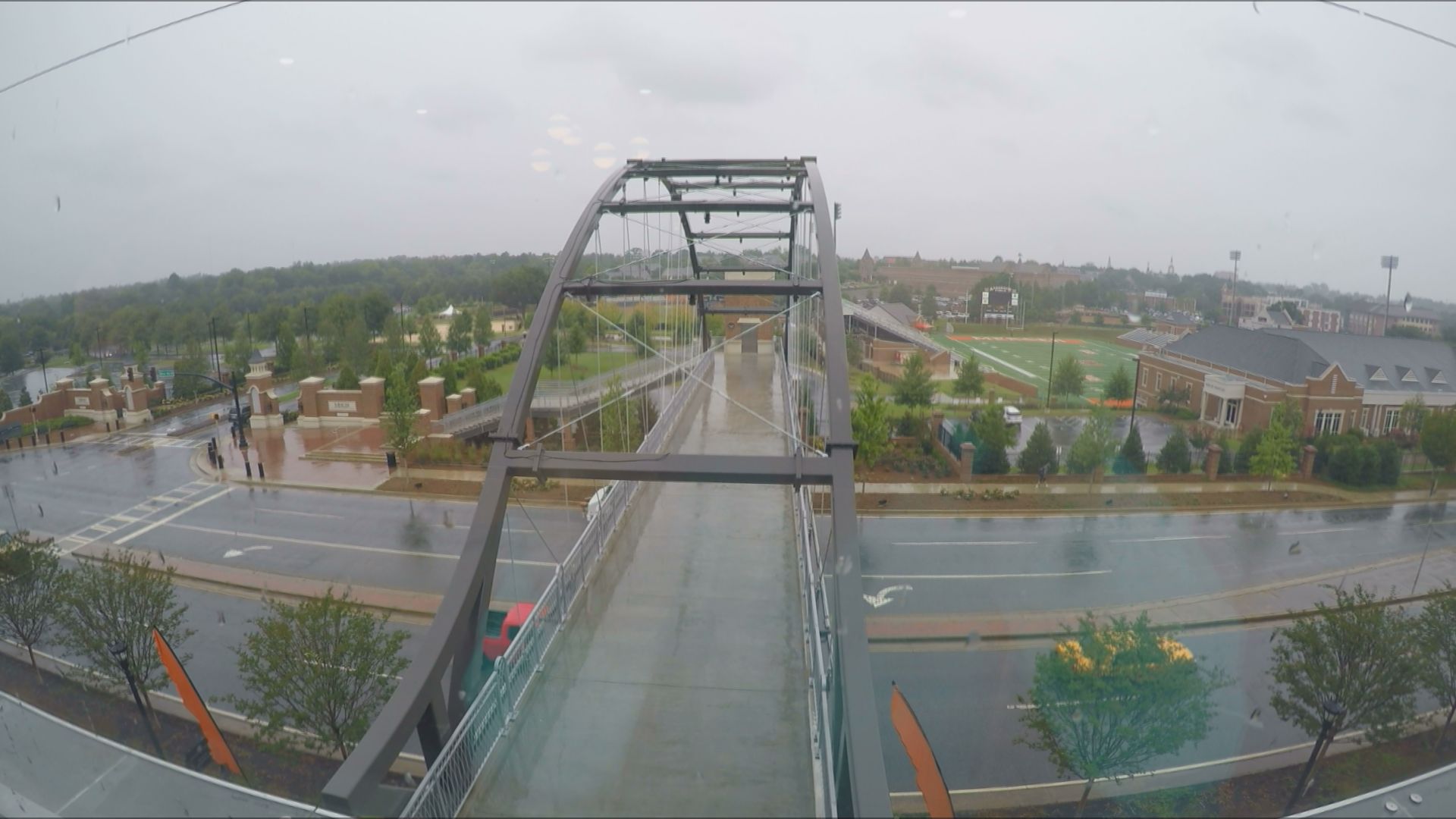
Near Mercer University Drive is the school's new gateway with the pedestrian bridge that helps connect student housing to campus.
They've also added new baseball and football stadiums, but it doesn't stop there.
"And we are finishing the new sciences building which is the largest academic building to be built at Mercer," Brumley says.
Brumley says that project will be finished in November costing around $45 million.
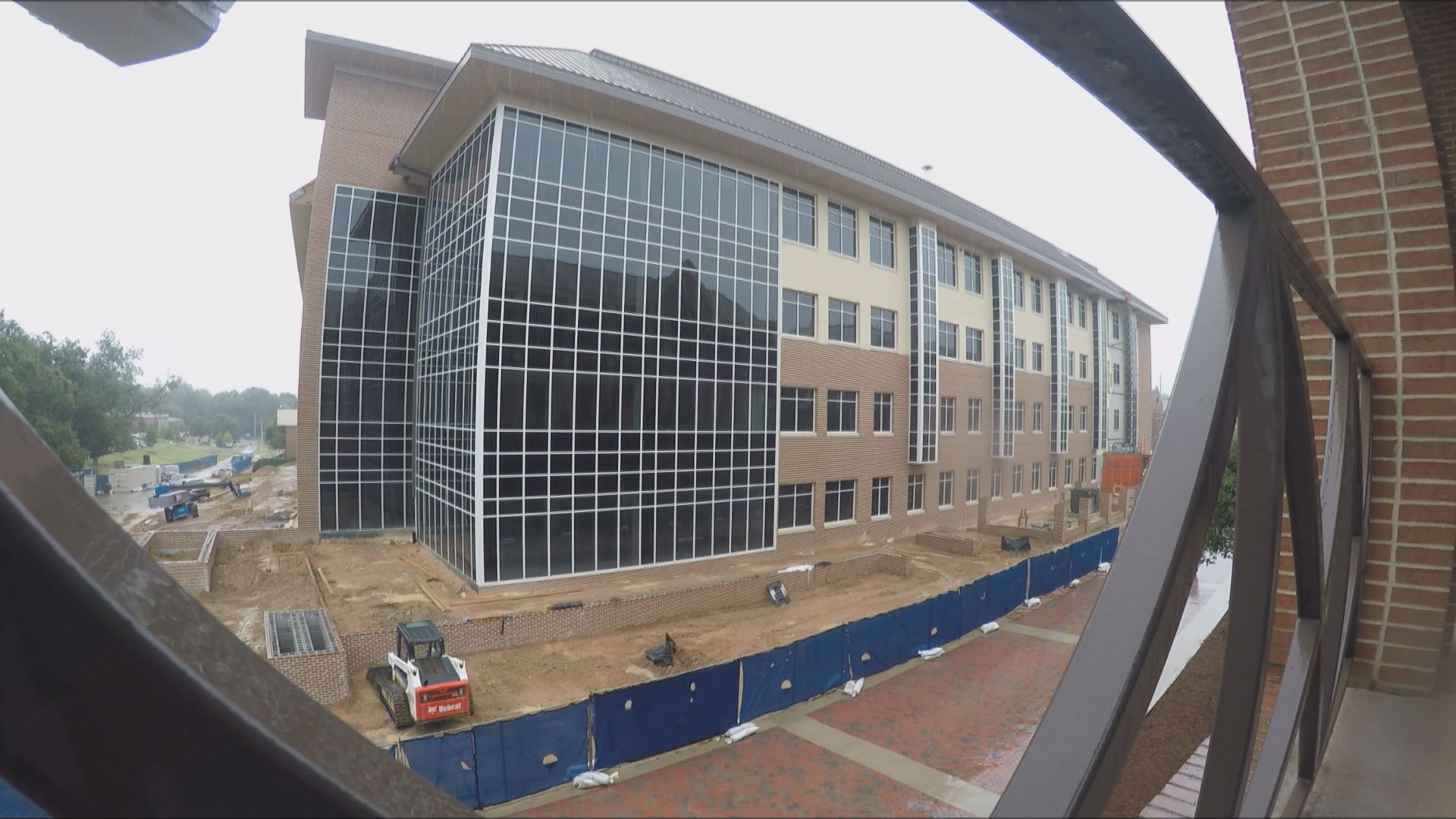
With so much happening at Mercer they have used up almost all of the campuses acreage.
So where does the growth go from here?
"We don't want to grow too large, so we're probably in the next few years going to add another 500 undergraduates, but that's probably going to be the upper limit of our growth," Brumley says.
Mercer currently has 3,200 students on the Macon campus, and that decade of growth cost the school a total of $200 million.

